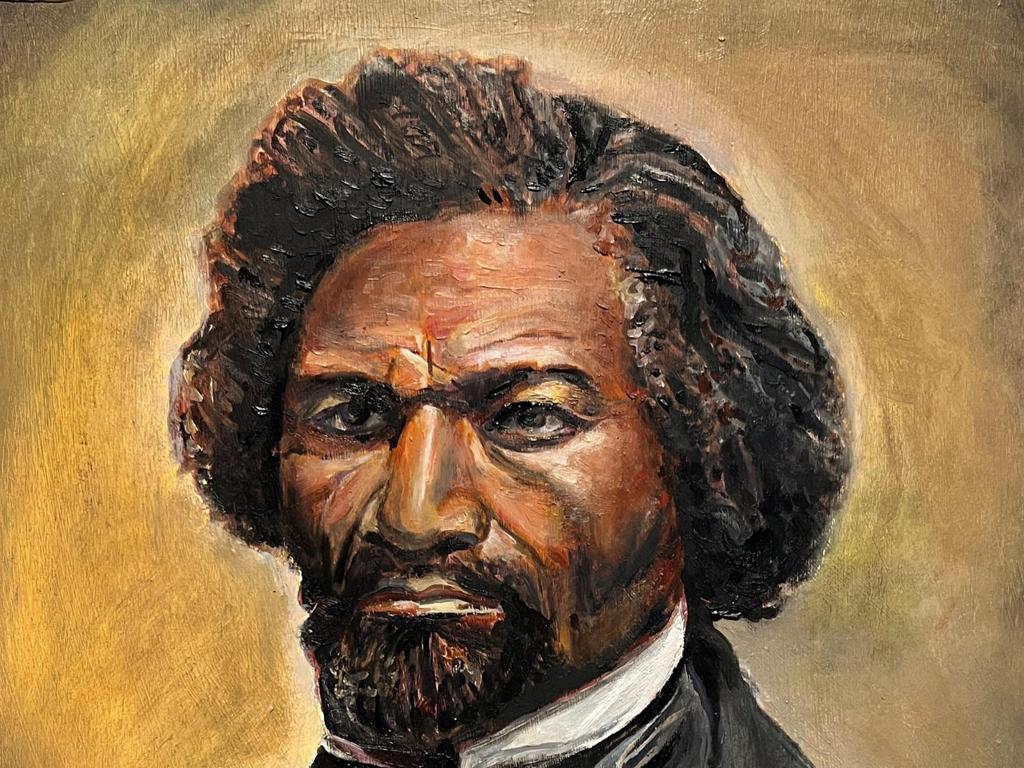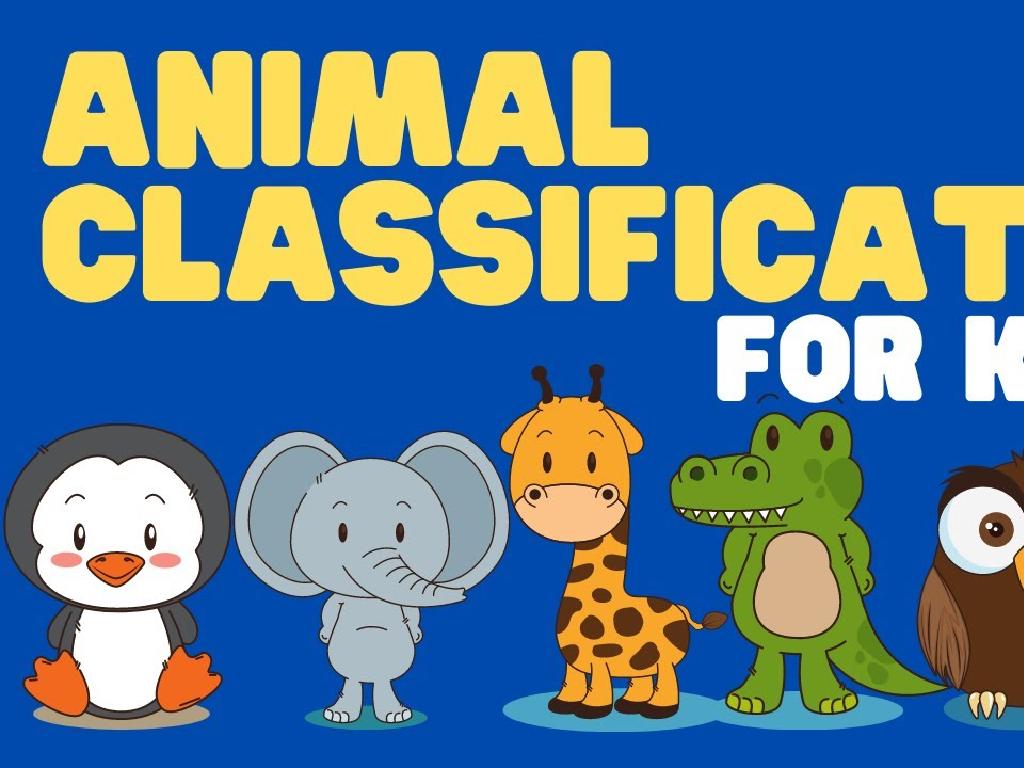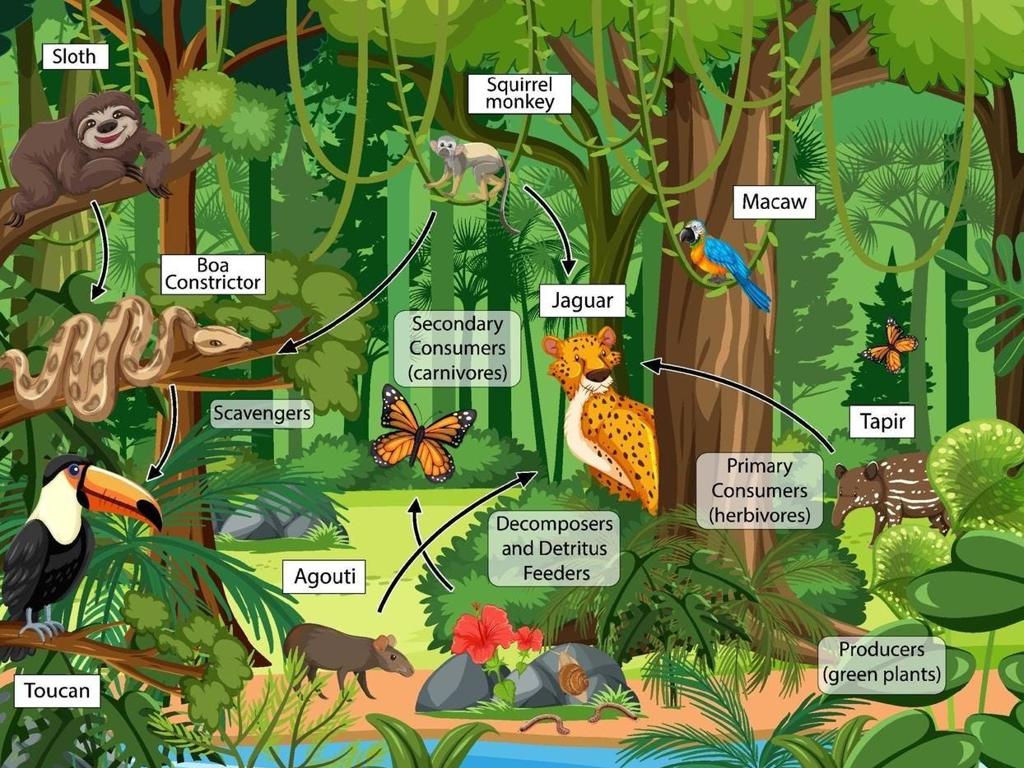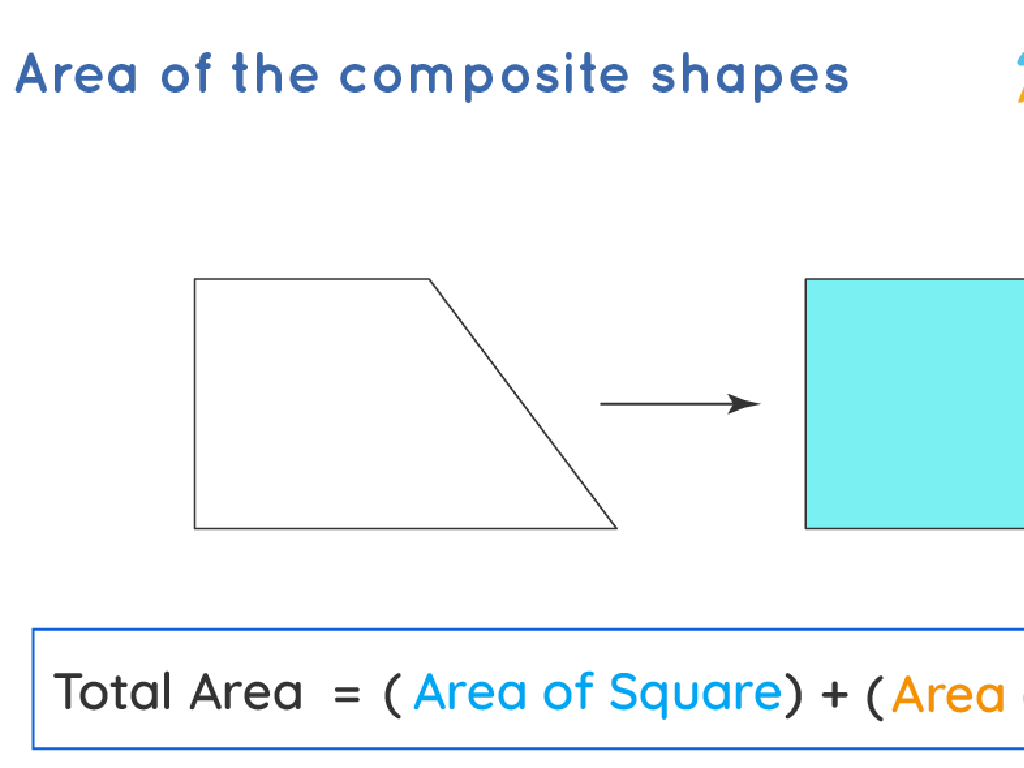Investigate Pushes And Pulls
Subject: Science
Grade: First grade
Topic: Force And Motion
Please LOG IN to download the presentation. Access is available to registered users only.
View More Content
Exploring Pushes and Pulls
– Understanding force and motion
– Learning about pushes and pulls
– A push moves something away, a pull brings it closer
– Examples of push and pull in play
– Did you push a car or pull a doll? That’s force in action!
– Discussing our experiences
– Share how you used push or pull with your toys today
|
This slide is designed to introduce the basic concepts of force and motion to first graders, focusing on pushes and pulls as fundamental forces. Start the lesson with a warm greeting and engage the students by asking about their playtime, which will make the concept relatable. Explain that when they push their toy cars or pull their dolls, they are applying forces. Encourage the children to think about how they interact with objects and to share their experiences. This will help them to connect the idea of force with their everyday activities. The goal is to create an interactive and participatory environment where students can learn through their own experiences.
Exploring Forces: Pushes and Pulls
– What is force?
– Force is a push or a pull on something
– Force makes things move
– Force can also make things stop
– Examples of force in our world
– Opening a door (push), pulling a wagon (pull)
|
This slide introduces the concept of force to first graders, explaining it in the simplest terms as a push or a pull. Emphasize that force is what causes objects to move or stop. Provide relatable examples such as pushing a toy car to make it move or pulling on a rope in tug-of-war. Encourage students to think of times they’ve used force to move or stop something in their daily lives. This will help them connect the concept of force to their own experiences. During the class, you can demonstrate force by pushing or pulling objects and asking students to observe what happens.
Exploring Pushes in Force and Motion
– Understanding a push
– A push moves objects away from us
– Pushing applies force
– Force is used to push things like doors
– Pushing a door example
– Imagine pushing a door open with your hands
– Let’s pretend to push!
|
This slide introduces the concept of ‘push’ as a type of force. Begin by explaining that when we push something, we move it away from ourselves. Use the example of pushing a door open to illustrate how we apply force to objects in our everyday lives. Encourage the students to stand up and physically pretend to push an object away from them, which will help them understand the concept of a push in a fun and interactive way. Observe the students as they engage in the activity and offer guidance to ensure they grasp the idea of applying force through pushing.
Exploring Pulls in Force and Motion
– Understanding a pull force
– A pull force brings objects closer to you.
– Pulling uses force
– When you pull a wagon, you’re applying a force to move it.
– Let’s pretend to pull
Imagine pulling a toy towards you with a rope.
– Pulling in everyday life
– Think of when you pull doors open or drag a teddy bear.
|
This slide introduces the concept of pulling as a type of force. Explain that a pull force is when you use your energy to bring something towards you. Demonstrate pulling with simple classroom objects like a toy wagon. Engage the students by having them mimic the action of pulling with an imaginary rope, which helps them understand the concept of pull in a fun and interactive way. Discuss everyday examples of pulling to solidify their understanding. For the activity, you can have different objects for them to pull, like a small cart, a rope during tug-of-war, or even pulling a piece of cloth in a game of tag.
Exploring Pushes and Pulls
– Opening and closing with pushes/pulls
– Like doors, drawers, and curtains
– Making things move faster or slower
– Pushing a swing or pulling back a toy car
– Think of other push/pull examples
– Sharing our push and pull experiences
– We’ll discuss as a class
|
This slide is aimed at helping first graders recognize the forces of push and pull in everyday activities. Start by discussing how we use these forces to open and close various objects like doors and drawers. Then, explore how pushes and pulls can affect the speed of objects, such as pushing a swing to go higher or pulling back on a toy car to slow it down. Encourage the students to think of their own examples of pushes and pulls they encounter daily. Finally, create an interactive session where students can share their experiences and learn from each other. This will help solidify their understanding of the concepts of push and pull in a fun and engaging way.
Let’s Experiment with Pushes and Pulls!
– Conduct an experiment with toy cars
– Observe what happens when we push the car
– Does the car move faster, slower, or stop?
– Notice the changes when we pull the car
– Does it move in a different direction?
– Discuss our observations
|
This slide introduces a hands-on activity for students to understand the concepts of push and pull in a fun and interactive way. Provide each student or group with a toy car. Guide them to gently push the car and observe how it moves. Ask them to describe the speed and direction. Then, have them pull the car back towards themselves and notice any differences in movement. Encourage students to share what they see and think. For the teacher: Prepare a clear space in the classroom for the experiment. Consider safety and ensure that the cars are not too heavy or too fast. Have a discussion afterward to consolidate their findings and relate the activity to real-life examples of pushes and pulls.
Observing Pushes and Pulls
– Record car movement with pushes/pulls
– Watch how the car moves when we push or pull it. Does it start or stop?
– Does push/pull strength affect speed?
– Think about what happens when you push or pull the toy car harder or softer.
– Observe car’s direction from pushes/pulls
– Notice if the car goes straight, left, or right when we push or pull it.
– Understanding force and motion
– Force makes things move or stop. Pushing and pulling are types of forces.
|
This slide is for a class activity where students will engage in hands-on learning about force and motion. Provide toy cars for the students to push and pull. Ask them to observe and record the effects of different strengths of pushes and pulls on the speed and direction of the car. Discuss the concept of force and how it relates to movement. Encourage students to predict outcomes before testing. For the teacher: Prepare a worksheet for recording observations, and consider setting up stations with different surfaces (like carpet or smooth floor) to explore friction’s effect on motion.
Class Activity: Push and Pull Relay
– Relay race with balls
– Push the ball to one end
– Use your hands to push the ball away
– Pull it back with a rope
– Attach a rope and pull the ball back towards you
– Learn about force and have fun
|
This activity is designed to give students a practical understanding of push and pull forces. Divide the class into small teams and have them take turns pushing a ball to a designated point and then pulling it back using a rope. This will demonstrate how different amounts of force affect the ball’s movement. Ensure safety by clearing the area of obstacles and supervising the activity closely. Possible variations include using different sized balls, pulling on different surfaces, or having obstacles they need to navigate around to illustrate how the environment can affect the force needed.
Understanding Pushes and Pulls
– Pushes and pulls move objects
– A push or pull can start, stop, or change direction.
– Daily life is full of pushes and pulls
– Opening doors, playing ball, and using drawers involve these forces.
– You’ve learned about forces today!
– Great job recognizing these forces in action around you!
|
This slide wraps up the lesson on pushes and pulls, which are basic forces that cause movement. Emphasize how common these forces are in everyday life and how we often use them without thinking. Congratulate the students on learning to identify these forces and encourage them to observe pushes and pulls at home or on the playground. This understanding is foundational for future lessons on force and motion. Ask the students to demonstrate with a simple activity, like gently pushing a toy car or pulling a book across a table, to reinforce the concept.






